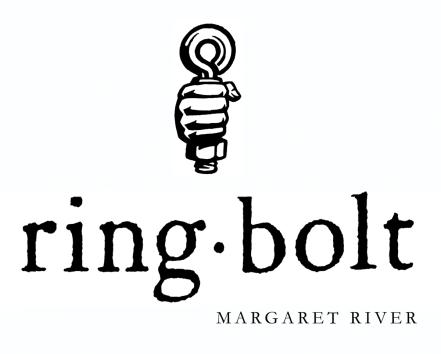Ringbolt
Cabernet Sauvignon
Ringbolt
Cabernet Sauvignon
As treacherous as it is beautiful, Western Australia’s rugged southwest coastline is littered with shipwrecks – the wreck of the Ringbolt being one of them. Sunk in the late 1800s in what is now known as Ringbolt Bay, located on the southern tip of the Margaret River wine region, adjacent to Cape Leeuwin. It is at Ringbolt Bay where the Southern and Indian Oceans merge and their invigorating waters lap at the edge of the Margaret River wine region.
Wine Production
Harvest occurred about 10 days earlier than the previous three seasons.
Matured for 11months in one year and older American oak barriques (55%), French oak barriques (45%)
Tasting Notes
Dark crimson in colour, this Ringbolt opens with classical Margaret River Cabernet Sauvignon fresh varietal notes of bright berry fruits, briar and sea spray, followed with enticing wafts of chocolate and mocha, finishing with subtle spiced oak aromas.
The meduim to full-bodied palate shows cherry and satsuma plum characters leading to a fruit-sweet mid palate of chocolate and mocha, finishing with defined tannins.
Food Pairing
Enjoy with Angus beef toped with chargrilled marron - what the locals refer to as steak and lake; or roated root vegatable, brown rice and caramelised onions.
As treacherous as it is beautiful, Western Australia’s rugged southwest coastline is littered with shipwrecks – the wreck of the Ringbolt being one of them. Sunk in the late 1800s in what is now known as Ringbolt Bay, located on the southern tip of the Margaret River wine region, adjacent to Cape Leeuwin. It is at Ringbolt Bay where the Southern and Indian Oceans merge and their invigorating waters lap at the edge of the Margaret River wine region.
Wine Production
Harvest occurred about 10 days earlier than the previous three seasons.
Matured for 11months in one year and older American oak barriques (55%), French oak barriques (45%)
Tasting Notes
Dark crimson in colour, this Ringbolt opens with classical Margaret River Cabernet Sauvignon fresh varietal notes of bright berry fruits, briar and sea spray, followed with enticing wafts of chocolate and mocha, finishing with subtle spiced oak aromas.
The meduim to full-bodied palate shows cherry and satsuma plum characters leading to a fruit-sweet mid palate of chocolate and mocha, finishing with defined tannins.
Food Pairing
Enjoy with Angus beef toped with chargrilled marron - what the locals refer to as steak and lake; or roated root vegatable, brown rice and caramelised onions.
Brand Materials
Vineyard & Production Info
Winemaking & Aging
About the Vineyard
The grapes for this wine are grown on a small selcection of sites, most being around Margaret River's flagship Wilyabrup sub-rgion, close to the Indian Ocean.
The soil types, either sandy or laterite gravel soils, both restrict vine yields. There are a range of aspects and soil types through our vineyard sites, and these variences and selective blending provide Ringbolt with much of its complexity.




